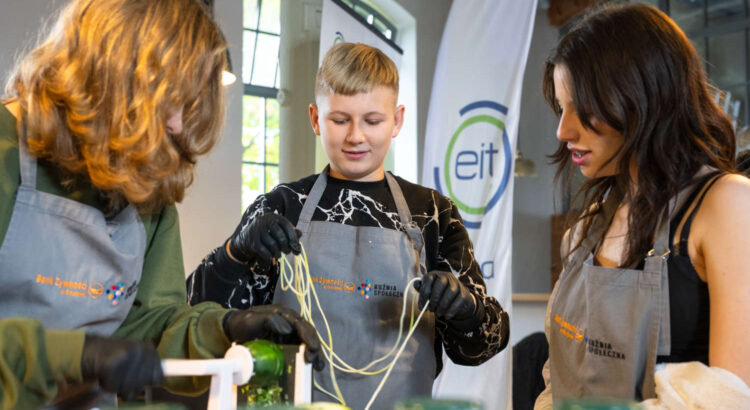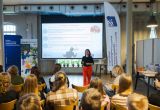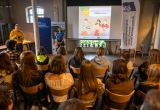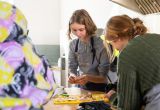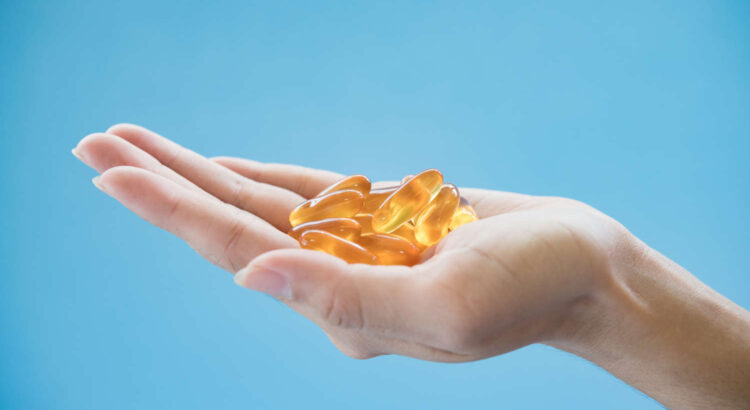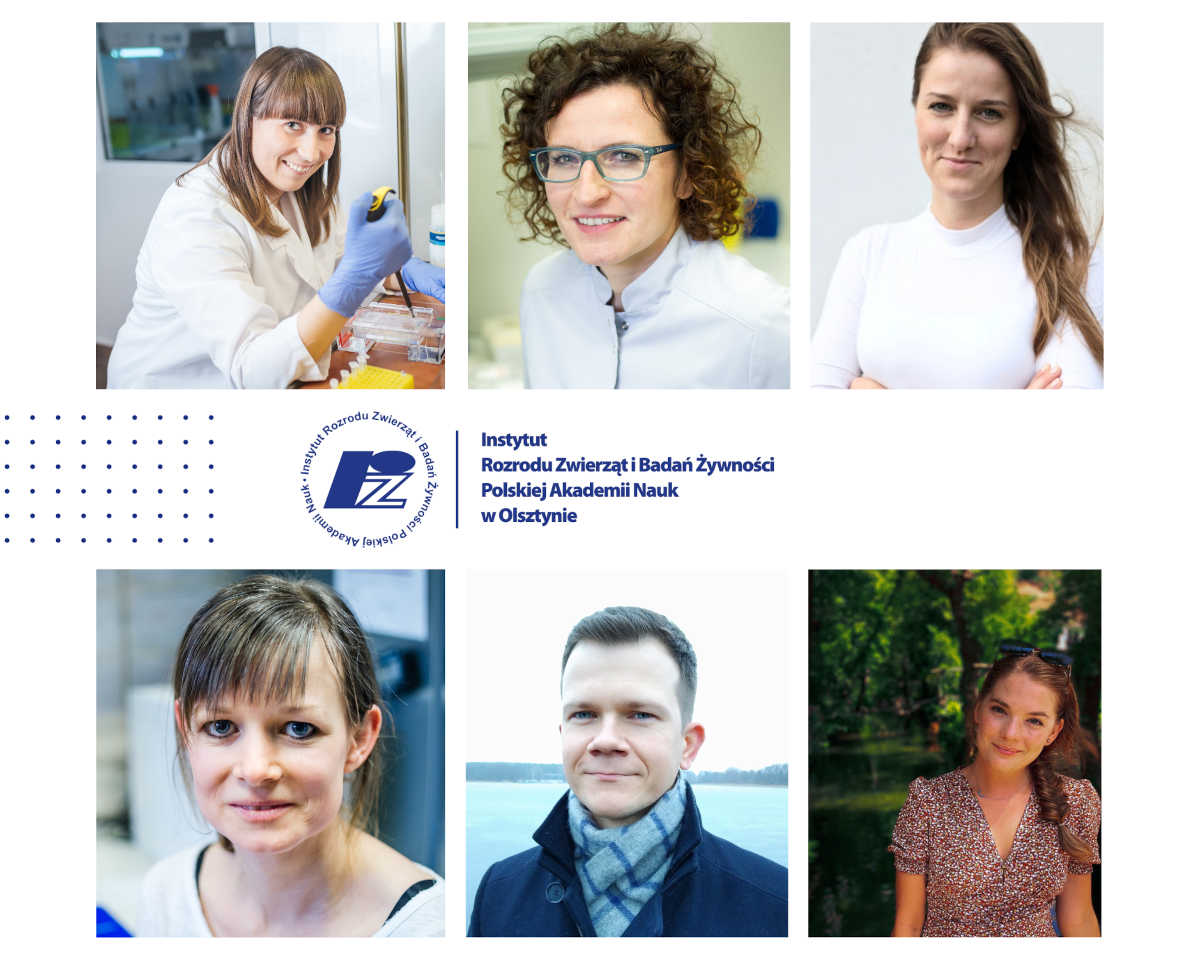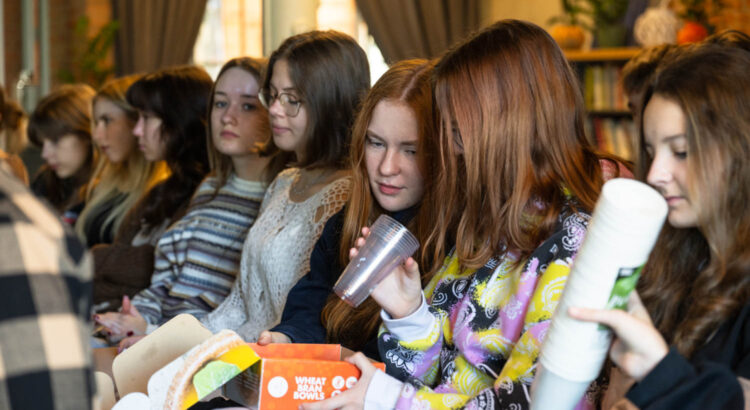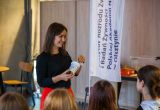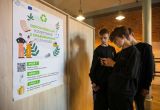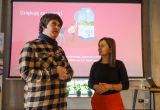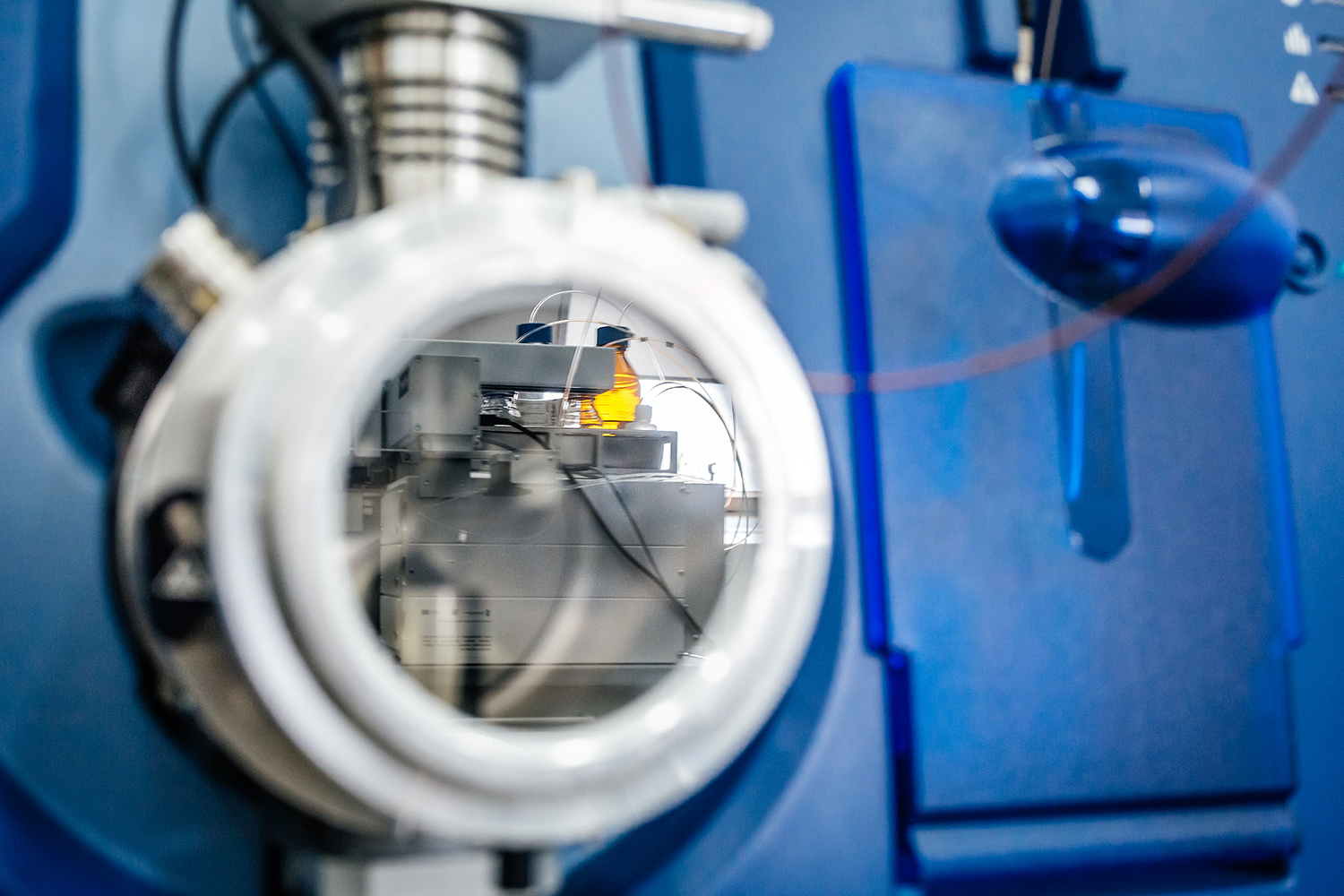Nowy pomysł na badania wykazujące skuteczność suplementowania witaminy D opracowali naukowcy z zespołu nutrigenomiki w Instytucie Rozrodu Zwierząt i Badań Żywności PAN w Olsztynie. Proponują podzielenie pacjentów na trzy grupy pod względem stopnia reakcji organizmu na witaminę D na podstawie pomiaru ekspresji (odpowiedzi) konkretnych genów na działanie tej witaminy.
– Pomiar samego poziomu witaminy D w organizmie nie jest skuteczną metodą na określenie, czy mamy jej wystarczającą ilość. Kluczowe jest uwzględnienie indywidualnego poziomu reakcji organizmu na tę witaminę na podstawie pomiaru ekspresji konkretnych genów. Dopiero takie podejście da miarodajny wynik, czy suplementowanie witaminą D przynosi zamierzony skutek – tłumaczy dr Emilia Gospodarska z Pracowni Nutrigenomiki IRZiBŻ PAN w Olsztynie.
Publikacja na ten temat ukazała się właśnie w czasopiśmie „Nutrients”.
Zmiana podejścia
Emilia Gospodarska tłumaczy, że obecnie wykonywane badania z krwi mające określić skuteczność suplementowania witaminy D nie są dobrze zaprojektowane.
– Te badania są zaprojektowane na wzór badań leków terapeutycznych, a nie związku odżywczego, jakim jest witamina D. Pomiar różnicy między poziomem zerowym, czyli bez podania leku, a następnie po czasie, kiedy lek został przyjęty, nie sprawdza się w przypadku witaminy D. Jednym z powodów jest to, że przecież każdy człowiek ma już w sobie pewien poziom tej witaminy; nigdy nie jest to zero. Ponadto ludzie różnią się pod względem reakcji na witaminę D. Nasze wątpliwości potwierdziły najnowsze długoterminowe badania (RCT – randomizowane badania kontrolowane) zakrojone na dużą skalę (nawet do 25 tys. uczestników) mające na celu ocenę skuteczności suplementacji witaminą D w zapobieganiu rozwojowi wielu chorób m.in. cukrzycy typu 2, chorób sercowo-naczyniowych czy też nowotworów, które nie dostarczyły żadnych statystycznie istotnych wyników – podkreśla badaczka.
Zespół olsztyńskich ekspertów ds. nutrigenomiki (nutrigenomika to nauka badająca wpływ składników odżywczych na ekspresję genów m.in. odpowiedzialnych za zdrowie) zaproponował więc zmianę paradygmatu.
Trzonem ich pomysłu jest odejście od mierzenia samego poziomu witaminy D na rzecz badania odpowiedzi organizmu na tę witaminę – na podstawie poziomu ekspresji konkretnych genów, będących markerami, czyli wyznacznikami tego działania.
Obecnie naukowcy z szerokiego wachlarza genów – potencjalnych markerów – poszukują tych najlepszych do zbadania. W pracach uczestniczą bioinformatycy.
Kluczowe w tym nowym, opisywanym podejściu jest podział populacji na trzy grupy – pod względem poziomu reakcji organizmu na witaminę D: wysoko responsywnych, średnio responsywnych i nisko responsywnych.
– Podział ten zaproponował lider naszego zespołu prof. Carsten Carlberg, na podstawie swoich badań przeprowadzonych na populacji Finlandii i Arabii Saudyjskiej. Bazując na tej klasyfikacji wiemy np., że osoby z wysokim poziomem odpowiedzi organizmu na witaminę D (czyli gdy organizm potrafi maksymalnie wykorzystać działanie witaminy D) będą potrzebowały jej mniej niż osoby z niskim poziomem. Podam przykład dla zobrazowania: standardowo ustalona dawka witaminy D dla osoby dorosłej to 2000 jednostek na dzień. Okazuje się jednak, że osoby z grupy nisko responsywnej potrzebują jej więcej. Ile dokładnie – to będzie można określić na podstawie opracowywanych przez nas badań – wskazuje Emilia Gospodarska.
Badania prowadzone przez naukowców z Olsztyna to badania na poziomie podstawowym. Emilia Gospodarska jest jednak przekonana, że rozwiązanie ma szansę na komercjalizację.
– Nasza propozycja pozwoli nie tylko wykazać faktyczną skuteczność suplementowania witaminy D, ale i spersonalizować terapię poprzez określenie dokładnej potrzebnej dawki dla danego pacjenta – podsumowuje naukowczyni.
Witamina D – kluczowa dla naszego zdrowia
Witamina D wpływa na funkcjonowanie całego organizmu. Jej najbardziej znanym działaniem jest utrzymywanie odpowiedniego poziomu wapnia w organizmie, aby utrzymać prawidłową strukturę kości. Witamina D jest również ważna dla „treningu” naszego układu odpornościowego, tak aby działał on efektywnie w przypadku infekcji mikrobów, ale też nie reagował nadmiernie w przypadku możliwych reakcji autoimmunologicznych.
Długotrwały deficyt witaminy D może prowadzić do chorób kości – krzywicy u dzieci i osteomalacji u dorosłych. Powoduje też wadliwe działanie układu odpornościowego, prowadząc m.in. do zwiększonej podatności na choroby zakaźne czy choroby autoimmunologiczne.
Dr Emilia Gospodarska jest członkinią zespołu Prof. Carstena Carlberga, ERA Chairs w projekcie WELCOME2, który realizuje Instytut Rozrodu Zwierząt i Badań Żywności PAN w Olsztynie. Finansowany z programu UE Horyzont 2020 projekt ma na celu powołanie w Instytucie Centrum Doskonałości w obszarze badań nutrigenomicznych.
Więcej informacji na stronie: https://welcome2.pan.olsztyn.pl/
Czytaj więcej




